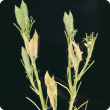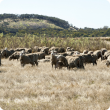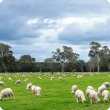Filter by regions:
- Great Southern (356) Apply Great Southern filter
- South West (342) Apply South West filter
- Mid West (324) Apply Mid West filter
- Wheatbelt (320) Apply Wheatbelt filter
- Peel (298) Apply Peel filter
- Goldfields-Esperance (276) Apply Goldfields-Esperance filter
- Perth regions (276) Apply Perth regions filter
- Gascoyne (198) Apply Gascoyne filter
- Pilbara (165) Apply Pilbara filter
- Kimberley (164) Apply Kimberley filter









